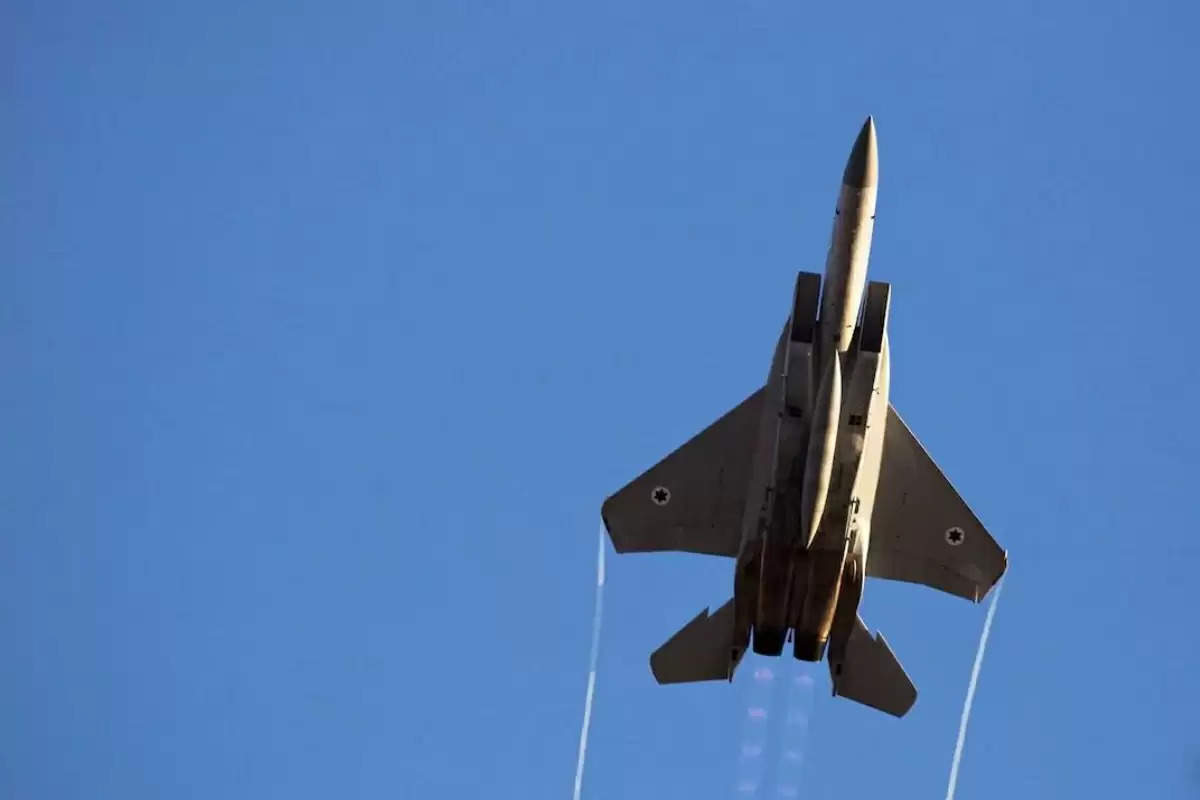A Look Inside Israel's And Iran's Air Force: Missiles, Drones, And Fighter Jets

Jerusalem: As Israeli authorities consider the appropriate course of action in response to Iran's first direct strike on their country on April 13, attention has once again turned to Israel's air defence capabilities.
A glance at the air forces and aerial defence systems of both nations is provided below:
According to the International Institute for Strategic Studies in London (IISS), Iran has 37,000 air force personnel, but the country has been virtually shut off from the most advanced high-tech military hardware for decades due to international sanctions.
Merely a handful of operational strike aircraft, comprising Russian aircraft and aged US versions obtained prior to the 1979 Iranian revolution, are in the Air Force's inventory.
According to IISS, Tehran possesses nine F-4 and F-5 fighter planes, one squadron of Sukhoi-24 aircraft built in Russia, and a few F7, F14, and MiG-29 aircraft.
Additionally, the Iranians have drones that are meant to fly into targets and blow themselves up. Analysts estimate that there are just a few thousand drones in this arsenal. Furthermore, they claim that Iran possesses around 3,500 surface-to-surface missiles, some of which are equipped with warheads weighing half a tonne. There could be fewer that can make it to Israel, though.
On Wednesday, Amir Vahedi, the commander of Iran's air force, declared that the Sukhoi-24 aircraft were in the "best state of preparedness" to fend off any prospective Israeli strike.
However, Iran's reliance on Sukhoi-24 aircraft, which were initially constructed in the 1960s, demonstrates the air force's relative inadequacy.
Iran's air defence and surface-to-air missile systems are a combination of Russian and Iranian-made equipment.
In 2016, Russia supplied Tehran with S-300 anti-aircraft systems, which are long-range surface-to-air missile systems that can engage many targets at once, including ballistic missiles and planes.
Along with the Sayyad and Raad defence systems, Iran also possesses the Bavar-373 surface-to-air missile platform, which is manufactured there.
Research researcher at IISS Fabian Hinz stated: "Iran would likely focus on sporadic victories if there was a significant confrontation between the two nations. Israel possesses extensive air defences, which they lack."
Israeli air power is highly developed, with hundreds of F-15, F-16, and F-35 multirole jet fighters provided by the US. These contributed to the weekend's downing of Iranian drones.
The air force does not have long-range bombers, but it does have a smaller fleet of converted Boeing 707s that it uses as refuelling tankers, which may allow its fighters to make precise flights to Iran.
Israel is a leader in drone technology, and their Heron autonomous aircraft can fly for over 30 hours, which is sufficient for long-distance missions. The projected range of the Delilah loitering munition is 250 km (155 miles), which is considerably short of the Gulf. However, if one of the bombs were to be delivered closer to Iran's border, the air force might make up the difference.
Although neither admits nor denies, it is commonly assumed that Israel has developed long-range surface-to-surface missiles. Avigdor Lieberman, the Israeli military's then-minister of defence, declared in 2018 that the country will acquire a new "missile force". The military has not disclosed the current status of such initiatives.
Israel has many possibilities for taking down Iranian drones and missiles that are long-range, thanks to a multi-layer aerial defence system that was created with assistance from the United States during the Gulf War in 1991.
Arrow-3 is the system with the greatest height that is used to intercept ballistic missiles in space. Arrow-2, an earlier type, operates at lower altitudes. While the short-range Iron Dome targets rockets and mortars used by Iranian-backed militias in Gaza and Lebanon, it may also theoretically be launched at any more potent missiles that Arrow or David's Sling miss. The mid-range David's Sling counters ballistic missiles and cruise missiles.
For coalition-strength defences, the Israeli systems are intended to be patched into equivalent US interceptors in the area.
"During the course of the attack on April 13, Israel's air defences performed well," according to Sidharth Kausha, a research fellow at the Royal United Strategic Institute in London.
"Which limited its degree of exposure to some threat types, and there appears to have been sufficient early warning to enable preparation of a coalition response which means the system was better prepared than it might have been if exposed to a similar attack with less early warning," he said, referring to the fact that some of the incoming targets—particularly drones—were shot down by allied aircraft before they reached Israel.
.png)